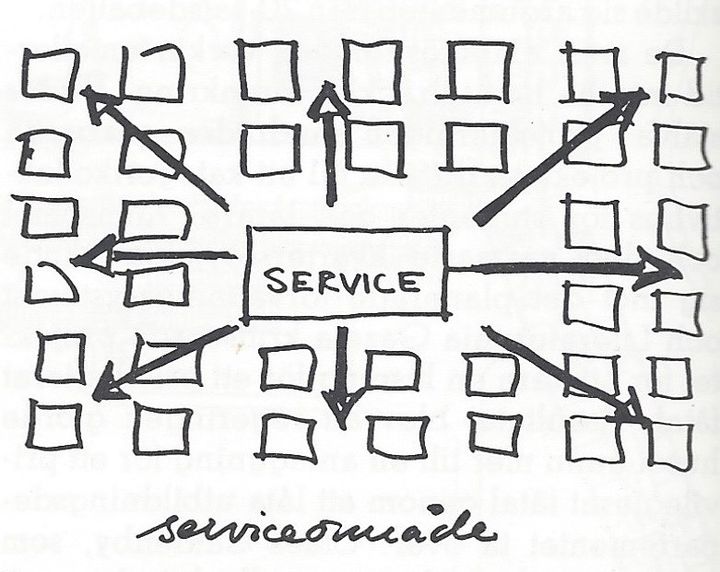

In 1980, the same year as Dolores Hayden asked for “a new paradigm of the home” in her article “What would a Non-Sexist City be like?” a group of Swedish women proposed a reorganized version of the traditional “collective house” to fit the 1980s society. This lecture discusses the impact this group called BIG (Living in Community) had on local policy in the 1980s. This lecture investigates collective housing as an arena for arranging life forms and distributing labor and economy. The starting point is a model of a reconstructed 1930s building that highlighted alteration of existing housing blocks as a method of production and redistribution of labor through the spatial organization. BIG formulated what they called a “utopia in reality” and a notion of an “intermediary level” between the individual and the society. As a response to the growing “privatization” around 1980 (referring to social privatization rather than economic), they proposed a collective home more extensive than the individual apartment. This “second wave” collective housing had repercussions for the outer urban space and society’s organization at large. The lecturetraces the entangled history of “collective houses” and “services” from the intense discourse of services in the late 1960s as a reaction to the critique of the large-scale suburban areas to the new landscape of a 1980s “service society.” By outlining the emergence of the second wave of collective houses, the lecture will explore the interplay between feminist emancipation and the new economy of the 1980s.
The Berlage Sessions is a thematic seven-part seminar series entitled “Architecture in Civic Service,” examines the administrative role architects played in designing nineteenth-century Barcelona, Berlin, and Vienna; postwar Amsterdam and Stockholm; and contemporary Flanders and Bristol, from streetlights and building facades to infrastructures and landscapes. This spring semester, speakers include George Ferguson, Francesc Magrinyà Torner, Helena Mattsson, Jules Schoonman, Werner Michael Schwarz, Peter Swinnen, and Linda Vlassenrood.
Helena Mattsson is Professor in History and Theory at KTH School of Architecture. Her research deals with the twentieth-century theory on welfare state architecture and contemporary architectural history with a special focus on the interdependency between politics, economy and spatial organizations. She is the co-editor for publications such as Swedish Modernism: Architecture, Consumption, and the Welfare State (2010), the themed issue of Architecture and Culture, “Architecture and Capitalism: Solids and Flows ,“ (2017) and Neoliberalism on the Ground: Architecture and Transformation from the 1960s to the Present (2020) She is currently working on a book on the neoliberalization of the 1980s welfare state (2022). She is part of the group Action Archive and a member of the editorial board of Journal of Architecture.
Image: Vestbro Kollektivhus, 1982.